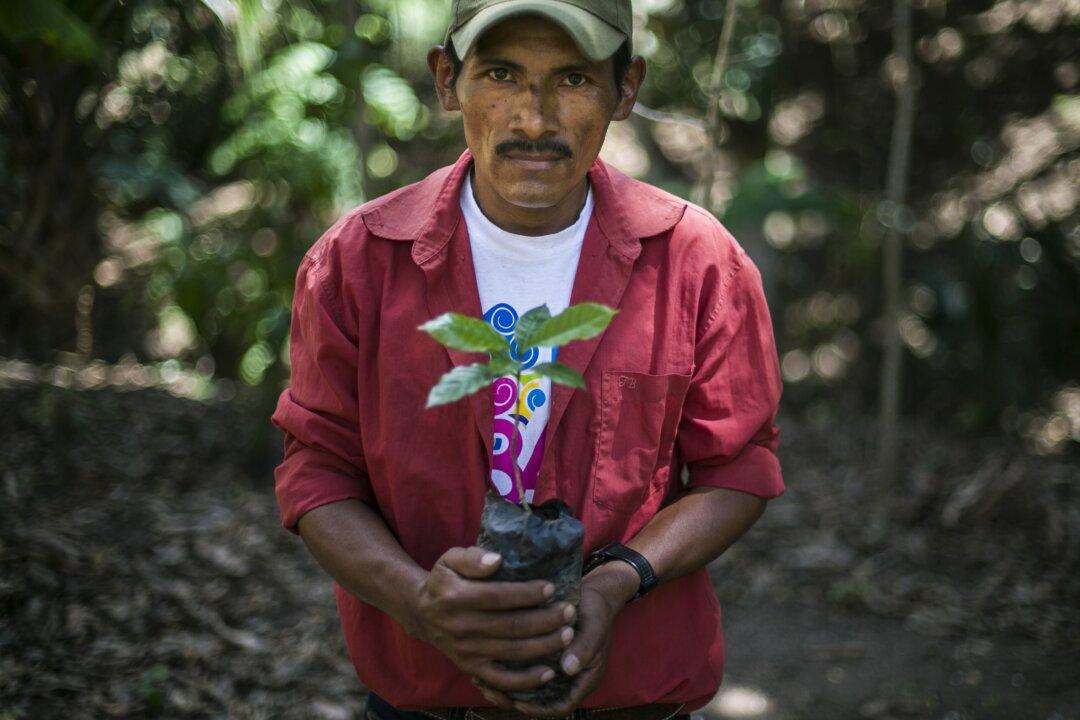People around the world have been drinking more coffee over the past 20 years, but the boom isn’t paying off for coffee bean farmers in poorer nations along the equator.
New research finds that the shift to “technified” coffee production in the 1970s and 1980s has created harsher economic and ecological consequences for heavy coffee-producing nations, such as Honduras, Colombia, Guatemala, Brazil, Vietnam, and Ethiopia.
“Historically, coffee has been exploited by the West in various ways because it’s consumed in rich countries and grown in poor ones” says Alexander Myers, doctoral candidate in sociology at the University of Kansas.

